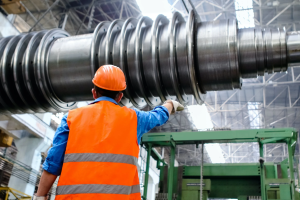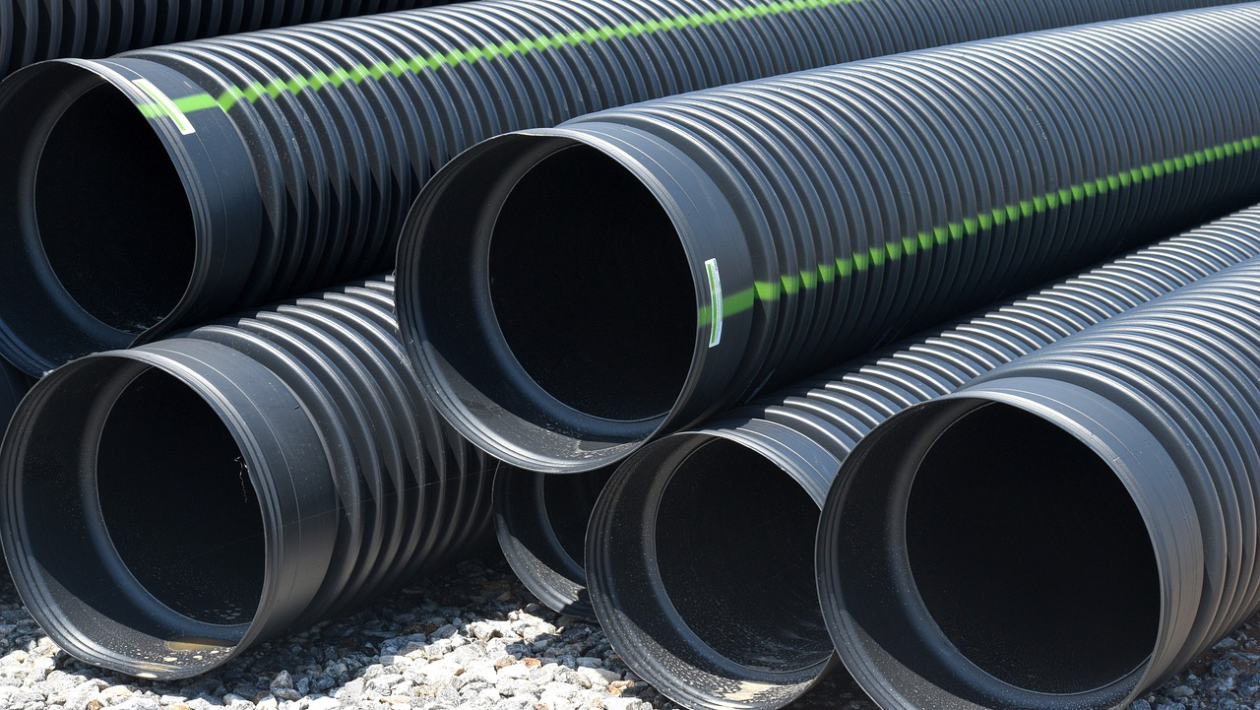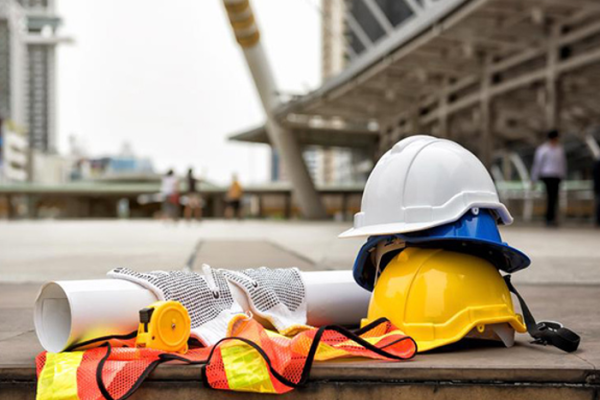CIPP lining
If you’re planning to rehab your water and sewage lines, lining is an excellent choice. While it’s not a perfect solution for every situation, it can solve many common problems. But, before you make the decision to use this material, you should talk with a plumbing service professional.
Lining is a process where a flexible felt liner is soaked in epoxy resin.
This allows the Cured-in-Place-Pipe to conform to the shape of the pipe and provide an added layer of protection. During the process, hot air is forced through the pipe to harden the lining. Lining is extremely effective and can last for 100 years or more. CIPP is an environmentally friendly solution for pipes that have been partially or completely degraded.
When applied correctly, it can increase flow capacity and reduce the interior diameter of the host pipe. But Cured-in-Place-Pipe does have its limitations, especially if the pipes have severe offset joints. The lining may not cover the entire pipe, and it may balloon into an empty space. It may also contain foreign inclusions and dry spots.
Lining is an excellent solution for rehab applications and has been used for millions of feet of pipelines. It’s an effective solution for a variety of pipe sizes and shapes. It also works well in pipes with bends and size transitions. It’s a superior alternative to digging and replacing sewer pipes.
For residential rehabilitation projects, lining offers a permanent solution to piping problems, without disrupting your driveway or landscaping. Unlike traditional pipe replacements, lining doesn’t require grout or mortar to form a seal. It also allows for smaller access ports.
While the procedure does not require the removal of existing pipes, it does require the temporary closure of private sewer connections. This prevents water from backing up into the home. During the process, residents will be able to use water in limited quantities. After the process is complete, residents will be able to resume normal water use.
Chemical cross-contamination
NIOSH is seeking test results for worker exposure monitoring and emission points from Cured-in-Place-Pipe sites. The reason? Potential health risks of chemical cross-contamination in CIPP rehabilitation sites are now being investigated by the National Institute of Safety and Health. These test results may come from Cured-in-Place-Pipe companies, consulting firms, government agencies, insurance companies, and others.
These findings are troubling. First, there are concerns about the release of chemicals into waterways. According to a study by the Wisconsin Department of Transportation, many VOCs are considered toxic to aquatic life and should be avoided as much as possible.
Furthermore, CIPP installations can generate wastes, including styrene, which has been linked to upsets at wastewater treatment plants. This has led some New York WWTPs to ban the discharge of Cured-in-Place-Pipe waste to sanitary sewer systems, as seen here. To address these issues, the study focused on the extent to which uncured resin emitted from Cured-in-Place-Pipe rehab sites was contaminated. (Tadalafil)
To determine the extent of resin exposure, air sampling and chemical characterization of the uncured resin tube were conducted at two CIPP sites in California and Indiana. The GC/MS results were compared to the state and federal water quality limits, as well as acute and chronic toxicity limits of native aquatic species. The results showed that a quantifiable amount of styrene was released during installation and in the new CIPP.
Styrene concentrations varied depending on the amount of water flow. For example, water exiting the UV-CIPP liner contained 0.72-10 mg/L styrene, whereas standing water contained up to 12.9 mg/L. These results indicate that residual styrene concentrations may decrease with subsequent water flow events. It is hypothesized that this is due to volatilization.

Inhalation and dermal exposure routes
In the United States, water pipes are often damaged and need extensive repair. One of the most common methods for this repair is cured-in-place (https://en.wikipedia.org/wiki/CIPP), which involves manufacturing a polymer composite plastic liner inside a damaged pipe. This process releases various chemicals and can lead to public and occupational health concerns. Recently, we assessed the toxicity of styrene-based resins during CIPP rehab.
The study results show that CIPP exposure can affect gene expression, and in some cases, the effects are not immediately apparent. Inhalation and dermal exposure routes are important factors to assess when determining exposure levels. It is important to understand how CIPP affects the environment. During manufacturing, resins are heated with steam, and vapors are released.
This produces a chemical called styrene, which is found in small quantities in many foods but has been determined to be carcinogenic by the U.S. Environmental Protection Agency (EPA). Additionally, manhole emissions have been found to contain a complex mixture of semi-volatile organic compounds and particulates, including organic vapors and particulate matter.
Lifespan of CIPP liners
Cured-in-Place-Pipe liners exhibit improved flexibility, flexural strength, and modulus compared to traditional liner materials. When only glass fibers and unsaturated polyester resin are used, the modulus of elasticity measures 8 GPa, while 2.3 GPa is achieved with the addition of felt. The CRF values, which represent the flexural modulus over a 50-year period, range from 0.51 to 0.64, which is higher than traditional liner materials.
CIPP liners are typically installed in a single day. Cured-in-Place-Pipe liners are installed through existing sewer manholes, and a team can install 100 m in a single day. Because of their low cost and ease of installation, CIPP liners are a cost-effective alternative to conventional pipe replacement.
In addition to the reduced risk of traffic obstruction, they also last longer than traditional pipe replacement methods. The IMPREG GL16 liner is one of the most versatile and cost-effective technologies used for rehabilitation. It is designed to fit most common pipe sizes, ranging from six inches to 72 inches. The lining is UV-cured to be long-lasting.
In addition to lining, Cured-in-Place-Pipe point repair is another common method for restoring broken and isolated sewers. It allows rehabilitation of existing pipes without disturbing the surface. It also creates a seamless “pipe within a pipe” and increases the flow capacity of the pipe.





